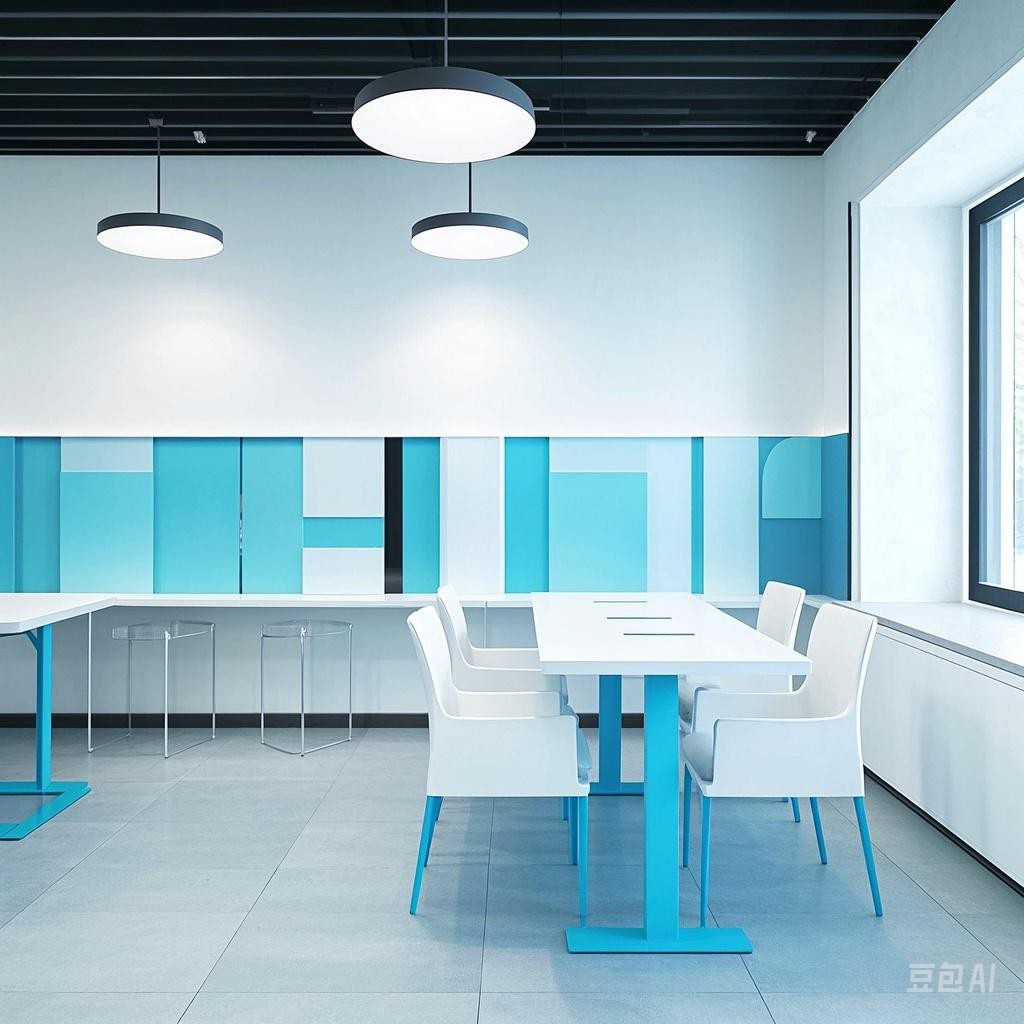特斯拉,作为全球电动汽车和自动驾驶技术的领军企业,其成功不仅仅依赖于其创新的硬件设计,更在于其背后强大的信息技术支持。以下将深入探讨特斯拉如何利用信息技术重塑未来出行体验。
一、自动驾驶技术
特斯拉的自动驾驶系统Autopilot和Full Self-Driving (FSD) 是基于先进的算法实现的。这些算法能够处理大量的传感器数据,包括雷达、摄像头和超声波传感器,从而实现车辆的自主导航、变道、停车和避障等功能。
1. 数据处理
特斯拉的车辆配备了多个传感器,每秒产生海量数据。表现算法能够实时处理这些数据,确保车辆的安全和稳定。
# 示例:模拟特斯拉车辆传感器数据处理
import numpy as np
# 模拟传感器数据
sensor_data = np.random.rand(10, 5) # 10个传感器,5个数据维度
# 数据处理函数
def process_sensor_data(data):
# 处理数据,例如:滤波、特征提取等
processed_data = np.mean(data, axis=0) # 取平均值作为处理后的数据
return processed_data
# 处理传感器数据
processed_data = process_sensor_data(sensor_data)
print("处理后的传感器数据:", processed_data)
2. 深度学习
通过深度学习,特斯拉的自动驾驶算法能够不断学习和适应不同的驾驶环境和情况,提高系统的鲁棒性和适应性。
# 示例:使用深度学习进行图像识别
import tensorflow as tf
from tensorflow.keras.models import Sequential
from tensorflow.keras.layers import Conv2D, Flatten, Dense
# 构建卷积神经网络模型
model = Sequential([
Conv2D(32, kernel_size=(3, 3), activation='relu', input_shape=(28, 28, 1)),
Flatten(),
Dense(10, activation='softmax')
])
# 编译模型
model.compile(optimizer='adam', loss='categorical_crossentropy', metrics=['accuracy'])
# 加载数据集
(x_train, y_train), (x_test, y_test) = tf.keras.datasets.mnist.load_data()
# 数据预处理
x_train = x_train.reshape(x_train.shape[0], 28, 28, 1)
x_test = x_test.reshape(x_test.shape[0], 28, 28, 1)
# 训练模型
model.fit(x_train, y_train, epochs=10, batch_size=32, validation_data=(x_test, y_test))
二、能源管理
特斯拉的电池管理系统(BMS)也是通过复杂的算法来优化能源的使用。这些算法能够监测电池的健康状态,调整充电策略,延长电池寿命,并提高能效。
1. 电池监控
BMS算法能够实时监控电池的电压、电流、温度等参数,确保电池在安全范围内工作。
# 示例:模拟电池监控系统
import random
# 模拟电池参数
voltage = random.uniform(300, 400) # 电压范围:300-400V
current = random.uniform(20, 100) # 电流范围:20-100A
temperature = random.uniform(20, 40) # 温度范围:20-40℃
# 检查电池参数是否在安全范围内
def check_battery_status(voltage, current, temperature):
if voltage < 300 or voltage > 400:
return False
if current < 20 or current > 100:
return False
if temperature < 20 or temperature > 40:
return False
return True
# 检查电池状态
battery_status = check_battery_status(voltage, current, temperature)
print("电池状态:", "安全" if battery_status else "不安全")
2. 智能充电
算法根据电池状态和用户需求,智能地调整充电时间和电流,优化能源消耗。
# 示例:模拟智能充电算法
def intelligent_charging(battery_status, user_preference):
if battery_status == "不安全":
return "暂停充电"
elif user_preference == "快速充电":
return "快速充电"
else:
return "慢速充电"
# 用户偏好
user_preference = "慢速充电"
# 智能充电
charging_strategy = intelligent_charging(battery_status, user_preference)
print("充电策略:", charging_strategy)
三、用户体验
特斯拉的软件更新和用户界面设计也依赖于表现算法。这些算法能够根据用户的习惯和偏好,提供个性化的体验。
1. 个性化推荐
通过分析用户的驾驶习惯,算法能够推荐最佳路线、充电站和娱乐内容。
# 示例:模拟个性化推荐算法
def personalized_recommendation(driving_habits):
if driving_habits["distance"] < 10:
return "附近充电站"
elif driving_habits["distance"] < 50:
return "最佳路线"
else:
return "娱乐内容"
# 用户驾驶习惯
driving_habits = {"distance": 30}
# 个性化推荐
recommendation = personalized_recommendation(driving_habits)
print("个性化推荐:", recommendation)
2. 直观界面
算法优化了用户界面的布局和交互设计,提高用户体验。
# 示例:模拟用户界面设计
class UserInterface:
def __init__(self):
self.layout = "横版布局"
def update_layout(self, new_layout):
self.layout = new_layout
def display(self):
print("当前界面布局:", self.layout)
# 创建用户界面实例
ui = UserInterface()
# 更新界面布局
ui.update_layout("竖版布局")
# 显示界面
ui.display()
特斯拉通过利用信息技术,在自动驾驶、能源管理和用户体验等方面实现了技术突破,从而重塑了未来出行体验。随着技术的不断发展,特斯拉将继续引领智能出行的新时代。
